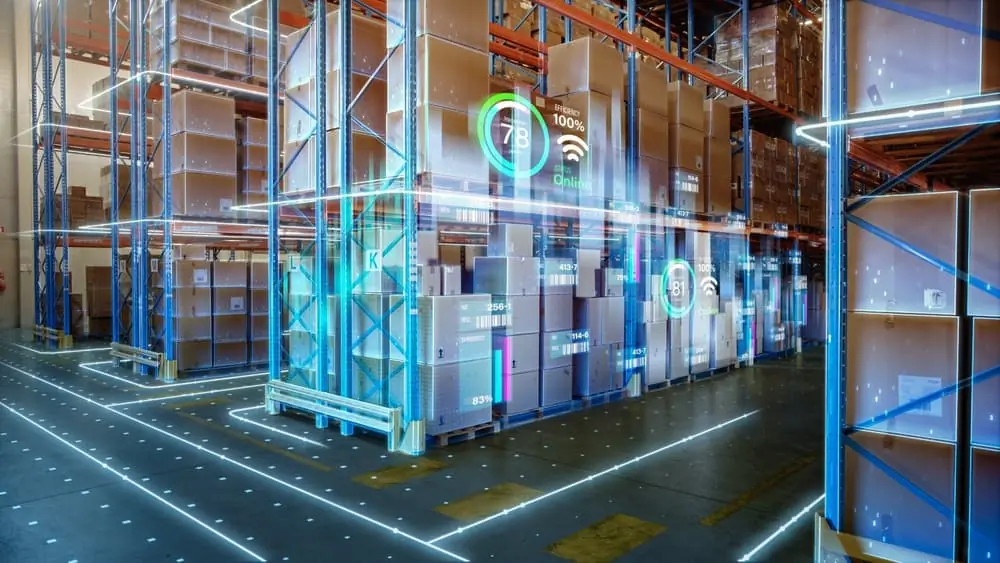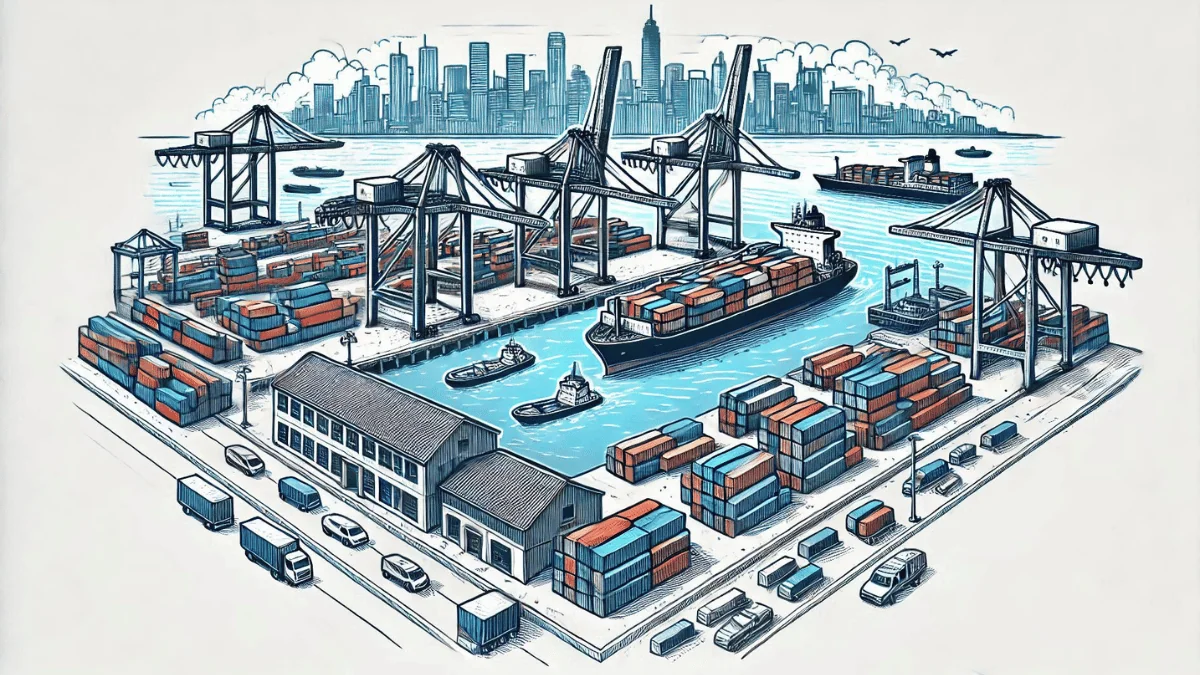Top Challenges Freight Carriers Will Face in 2025
2024 will be remembered as a turbulent time for the logistics industry. While the freight recession is seemingly in decline, the broader economic issues have negatively impacted freight carriers and shippers. Other matters like port strikes and the presidential elections have also shaken the freight landscape, poising to make 2025 a memorable year for all involved.
As we enter the new year, let’s look at some of the top challenges freight carriers will face in 2025 and how the previous year will affect what comes next.

Market Fluctuations
Freightwaves founder Craig Fuller stated in an X (formerly Twitter) post that the freight recession plaguing the industry over the last several years “is over.” He based his declaration on data collected from the freight market analytics platform SONAR (owned by Freightwaves).
Recent data shows rising tender rejections, increasing spot rates, and decreasing capacity, giving carriers more leverage in rate negotiations. Low rates and high competition have strained smaller trucking companies, but the improving rates and reduced competition signal a positive turn for carriers.
However, predictive data suggests that getting our expectations up for a favorable 2025 freight market might not be good. Supply chain professor Jason Miller points to the economy at large for this; while the freight market is improving, inflation, credit card delinquency, labor shortages, potential port strikes, and tariffs are still significant issues that could spill over into logistics.
Whether the market continues its slow upward trend or experiences a decline back into recession, 2025 will be a crucial year for supply chain and logistics professionals to monitor closely.

Operational Demand and Competition
The outlook for truck demand in 2025 is uncertain. This is primarily due to the flip-flopping on the freight recession’s status, which puts normal trucking operations in a cautious position.
If the freight recession is truly over, demand may increase with rising spot rates and tender rejections. Thanks to increased demand, fleets can expand their numbers, and owner-operators can compete with corporate drivers to load their fleets. Competition can be healthy for companies, but it could also lead to carriers being unable to secure loads and going out of business.
However, inflation and interest rates could still impact consumer spending. If people cannot afford freight shipping, this will lower truck demand. Additionally, truck manufacturers will decrease production if no one can afford to buy new trucks. This will negatively impact freight volume and capacity as well.
Truck demand in 2025 is going to depend heavily on the freight market. No matter which way the market swings, there will be consequences for carriers, who will either have to fight to get loads or struggle to find any in the barren desert. Time will tell which of these outcomes will come to fruition.

Technology Implementation into Operations
Freight companies have been increasingly focusing on integrating automation and AI into their operations over the past few years, and 2025 is no exception.
AI and automation have significantly enhanced efficiency within the supply chain. For instance, warehouse management systems (WMS) oversee day-to-day operations in warehouses and fulfillment centers, including storage and order picking. These systems can replace human workers, speeding up the shipping process and reducing production costs.
However, a major concern regarding AI and automation is whether workers will accept these technologies, as seen in the recent port strikes along the East and Gulf Coasts. The extended contract between the International Longshoremen’s Association (ILA) and the U.S. Maritime Alliance (USMX) expires on January 15, 2025. This contract was established after a three-day strike in October.
Negotiations for a permanent contract have stalled, primarily due to disagreements over automation. Workers are advocating for a complete ban on automation, while ports are open to at least a partial implementation of these technologies. If an agreement on automation is not reached by January 15th, port workers are prepared to resume striking.
Companies will face a tough decision next year: should they entirely automate their logistics operations or focus on their human resources, potentially sacrificing efficiency and speed? The ideal approach would be to find a balance between the two. However, recent strikes highlight that automation and emerging technology as a whole are contentious, continuous issues.

The Political Stage’s Affect on Freight
However, the most significant change for the freight industry in 2025 is a new political status for the United States, one of the primary drivers of the global economy. With Trump set to reenter the White House in January, so will his transportation and international trading policies.
During his election campaign, Trump proposed a 10% tariff on all U.S. imports and a 60% tariff on Chinese products. While the tariffs will encourage companies to create US-based jobs and help decrease taxes and regulations,analysts predict it will increase inflation and reverse tariffs on US exports from China and other countries.
On the other hand, freight professionals have celebrated the elections, as Trump’s administration has been pro-trucking industry. Trump’s administration has leaned towards deregulation and tax cuts, which would help bolster the economy in the short run and increase truck demand and competition.
The long-term implications, however, suggest a worse economy than we already have. In 2017, tax cuts led to many freight carriers shutting down due to high competition, while less regulation could lead to oversupply, leading to less sales and lower truck demand. The same could happen again when the Trump administration extends those 2017 tax cuts.

Preparing for the 2025 Freight Season
2025 is looking to be an unpredictable year for the freight industry. Many unknowns are swirling around with the freight recession, companies are deciding between new technologies and their human workforce, and operational demand is zigzagging between lifting upward and dropping dramatically.
Whatever happens next for freight, businesses must be prepared for every outcome. If you are a freight carrier and you’re stressing over next year’s challenges, then here are three simple tips to remember:
1. Evaluate your current relationships with shippers. What are you doing well that will keep customers coming back despite the economic uncertainties? What can you do to improve your carrier-shipper relationships? These relationships will absolutely be tested next year, so it’s better to be safe than sorry.
2. Keep an eye on industry news. Understanding the freight market is critical, as are news stories and features. Freight professionals constantly strive to keep their peers informed so carriers can make conscientious, wise decisions about their logistics plans.
3. Balance innovation with time-tested standbys. While emerging tech like AI and automation guarantee increased efficiency and reduced costs, they may divert attention away from resources and solutions that have already proven effective. See what works for your logistics operations, but don’t get carried away!
These tips should keep you on course and prepared for whatever comes your way next year. However, if you need more help preparing for next year, or if your New Year’s resolution is to expand your customer base and make new connections, why not do so with FreightCenter?
We’re dedicated to giving our customers the best shipping experience, which we do through our network of carriers. We offer discounted rates through our connections with national carriers while offering solutions for their every shipping need.
If you want to learn more about becoming one of our carriers, speak to our carrier representatives at (800) 716-7608. Or, if you’re a shipper and want to try our services, use our free online quote tool to save on freight shipping rates.
May the roads before you be open and accessible, and Happy New Year!


